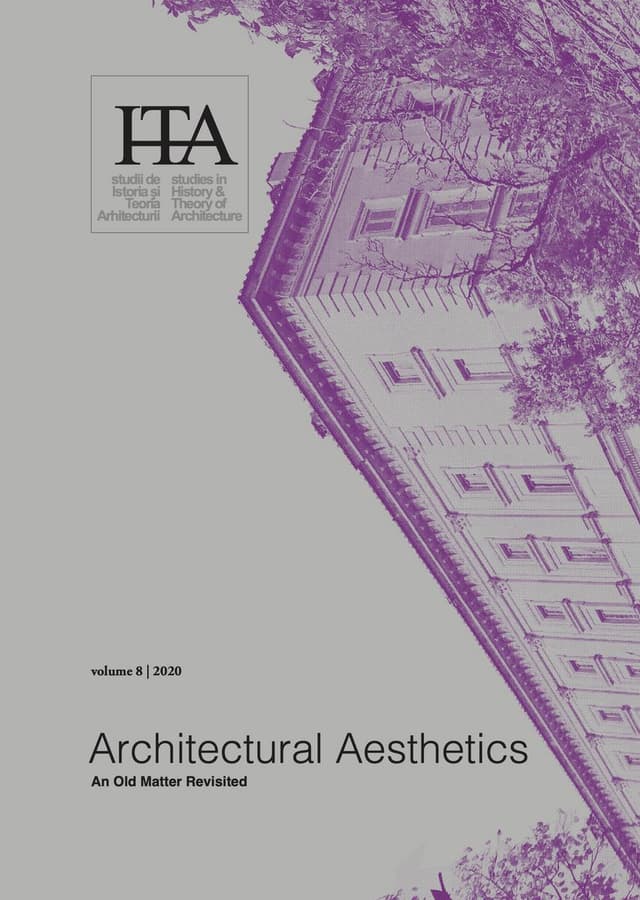The Aesthetic Component in Early 20th Century Urban Plans of Rijeka
by
Nana Palinić
Keywords
Mediterranean metropolis
regulatory plan
beautification
Paolo Grassi
Secession
In 1868, after the Austro-Hungarian and Croato-Hungarian Compromise, Rijeka was given a specific political position. A political decision determined that the small coastal town that had only recorded a moderate economic and urban development would become the main port of the eastern part of the Monarchy and its exit to the world. Architects and urban planners boldly followed policy plans: as early as 1873, a tender for a regulatory plan was launched, which, however, was not successful.
Paolo Grassi’s Regulatory plan from 1904 was better prepared. The plan, which was a product of the modern era, was not approved immediately, and was revised and supplemented in the following years. From the textual part of the plan, which is the only fully preserved part, one can see how aesthetic components were represented in the planning of the imagined new Mediterranean metropolis.
Unpublished fragments of the plan and those that can be recognized in the drafts of the later plans confirm the high urban culture, the need to affirm the aesthetics in the construction of public and private buildings, as well as the infrastructure – streets, squares, shorelines – parts of the city that were mostly designed by civil engineers whose studies at the time were close to the curriculum of architecture. Rijeka is a specific city, in which, in parallel with economic and urban development, a special sensibility towards culture and art has been formed. Throughout history, the city has been a training ground for several nation-states, and culture was often a means of political struggle. It is illustrative that at the beginning of the 20th century the city had more audience capacity in theatres and variety theatres than all other Croatian cities put together. The citizens are of refined taste and very critical, interested in everything that happens in public spaces. Construction activity is closely monitored, from regulation plans and projects to implementation and maintenance. There is a public consensus that any construction should lead to the beautification of the city (abbellimento della città).
The planners of the city, whose identity was essentially tied to the port and to industry, recognized the inhabitants’ need to live and work in an artistically designed space, as well as the impact of such a space on individuals, society and the prosperity of the city as a whole.
Published in

Chicago citation style
DOI:
10.54508/sITA.8.06